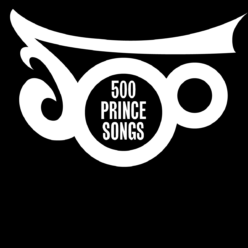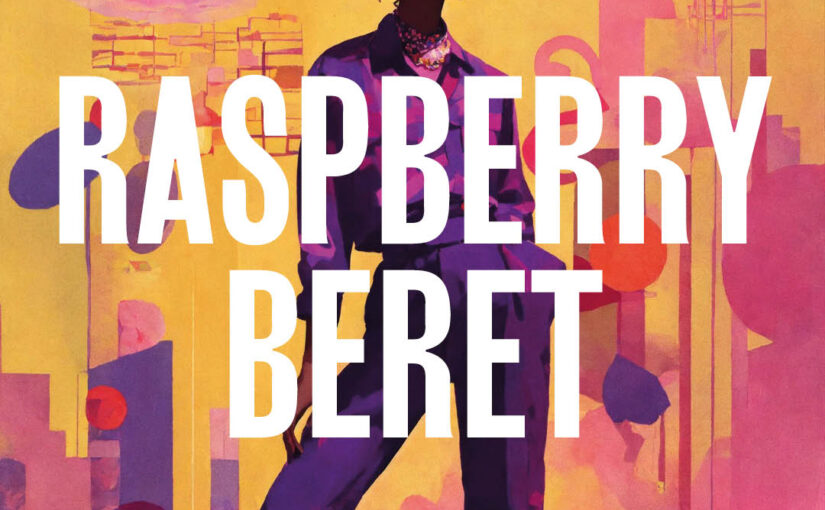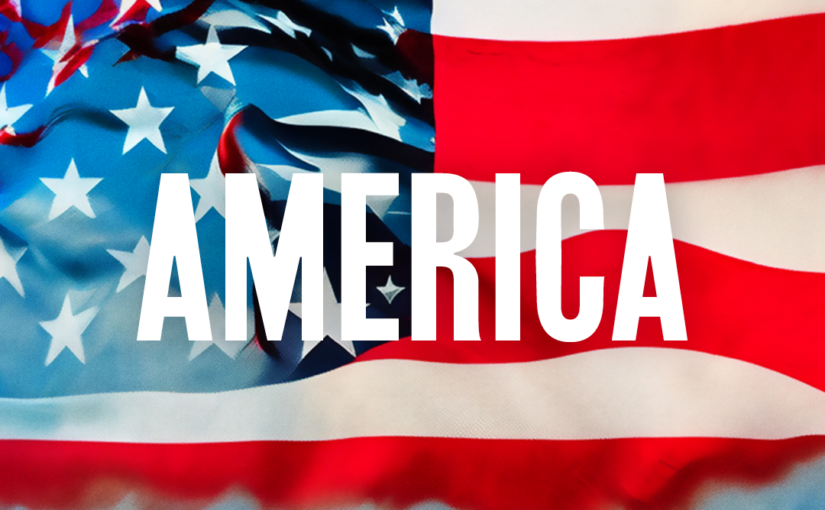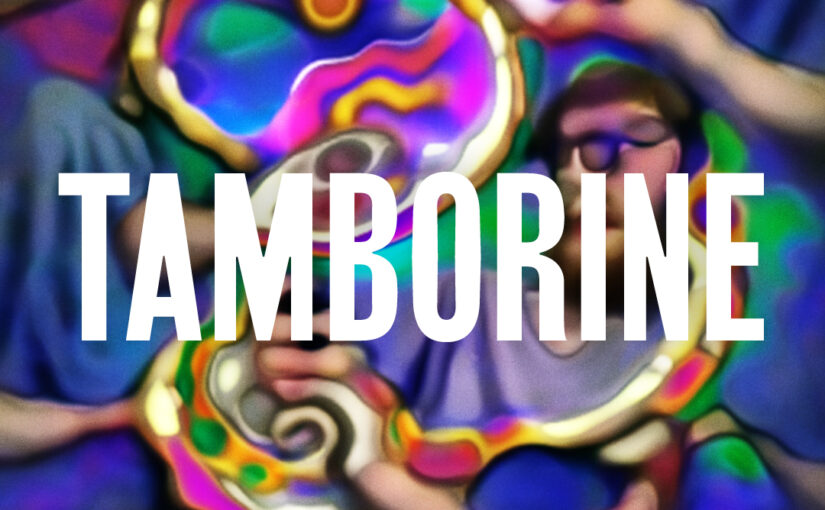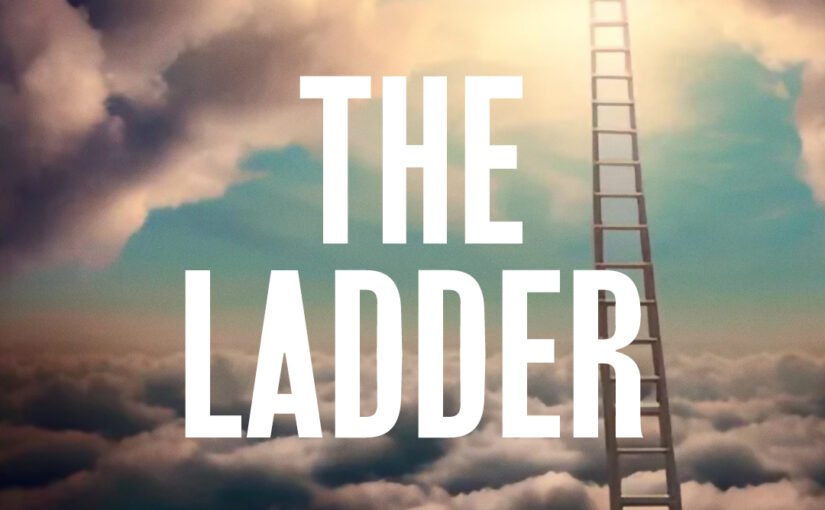Around the World in a Day (1985)
Yeah, I know what you’re thinking. Purple Rain, Kiss and Raspberry Beret – possibly the only three songs your average non-fan could name – all outside the top 30. What kind of ranking is this? If this was a content-farm listicle or Sunday paper puff-piece, all three would be top five with any one of them topping it. But I’m not pandering to the expectations of passing tourists or part-time Prince fans. This is for you. The real fam. Those whose top 30 doesn’t resemble the Hits on shuffle. Raspberry Beret doesn’t fit my wonky soul as much as its lesser known B-side but that doesn’t mean I fail to occasionally crumble at its majesty. There’s a reason why the song has travelled beyond the purple orbit and into the daytime playlists of commercial radio and high street stores. It’s catchy enough for mass appeal, but with enough left field charm to still intrigue after decades of hearing it mauled by malls.
The song started life in 1982, being first recorded while Prince was putting together the 1999 and Vanity 6 albums. The lyrics were different at this early stage – closer to Darling Nikki, with the woman vanishing after their night of passion, leaving Prince with just a note and her raspberry-coloured headwear. Two years later, the song was rerecorded and became the version we all know, with new lyrics full of imagery from the Purple Rain movie – especially one of its deleted scenes where Prince and Apollonia make love in a barn during a thunder storm. Now the singer is described as losing his virginity (“they say the first time ain’t the greatest”) and it takes place on Old Man Johnson’s farm – a name often highlighted for its innuendo, but actually intended as a dig in the ribs of Time departee, Jesse Johnson. This updated version also features a harpsichord melody written by Lisa and a string section that she was asked to arrange, overdubbed a few days later.
Its video, the first he directed himself, was initially two separate videos (one filmed, one animated) mashed together and if his hair looks a little strange (Prince thought it made him look like Lou Ferrino) it could be because it’s believed to be a wig, after a disastrous attempt to bleach his hair went wrong. Interestingly, in this video The Revolution are all dressed up as the characters that represent them on the album cover, with Prince donning the cloud suit and cloud guitar of the blonde guy sat in the centre. He told Rolling Stone in 1985 he wasn’t on the cover because “people were tired of looking at me” but if the hair story is true then surely that blonde guy was always meant to be Prince.
The video starts with the intro to the extended mix, but don’t stop there. Listen to the full 12” version if you’re going through the motions in your long love affair with Raspberry Beret and wish to rekindle the magic. Supermarkets and malls may take away our radio edits, but they’ll never take away our extended jams with Prince rocking the harmonica.
Tag: Around the World in a Day
61: Pop Life
Around the World in a Day (1985)
In recent years, hyper-capitalism, spiralling inequality and rampant greed has soured people’s views on the American Dream. A billionaire used to be the ultimate success story, instead of a warning symptom of a malfunctioning system. But smack-bang in the middle of the gimme gimme gimme Reaganomics of the 80s, the dream that anybody could make it big was at its Mammon peak. Enter Prince, surfing in on the white crest of Purple Rain’s chart domination with the anti-aspirational message that not everybody can be on top. Talk about buzzkill. Even today, a common take-home message is that he is condescendingly mocking poverty. You have to remember though that Prince was at a very different echelon of stardom when he wrote Pop Life compared to when he released it. The Purple Rain film/album juggernaut was still in production. Pop Life isn’t a song where Mr Baby I’m A Star rubs his meteoric fame in people’s faces. It’s a song dealing with ennui and the human compulsion to fill life’s emptiness with dreams of fame and wealth, or – in a probably reference to Morris and Vanity’s cocaine addiction – with drugs. Prince never seemed truly comfortable with fame. While Madonna and Michael would make calculated career choices to make themselves more marketable, Prince would often try to sabotage his own success. This is behind the name-change, triple-disc albums and why Pop Life appears on Around the World in a Day instead of a more commercial Purple Rain 2. He’s sung many times about the emptiness at the top of Celebrity Mountain, and here, even on the ascent, he’s addressing that void. Everybody’s got a space to fill, but stop chasing fame’s panacea and drink in this exquisite pop with a bassline from the gods. It won’t fill the void but it’s more nourishing than empty dreams of illusory salvation.
65: Paisley Park
Around the World in a Day (1985)
Recording studios can have a powerful pull on the imagination. They’re the birthplace of your favourite records, where ephemeral songs are first plucked from the ether and materialised into matter. A process that’s even more mystical when you’re young. At age 10, the Music Factory logo on the back of my first bought record fascinated me. It featured a brick, industrial building with musical notes billowing out of the chimney. That year, because we were in the area, my parents drove me to see the actual studio. It was a nondescript, small office that we felt no need in getting out of the car to inspect further. The reality didn’t live up to the Charlie Bucket fantasy. But that didn’t quash my imagination. A couple of years later the KLF, a band who understood the power of myth, had a hit single named after their recording studio and squat. Trancentral was described as a state of mind in their lyrics, while stories in the media painted it as a location of after-hours hedonism. Both descriptions helped feed the myth that the music just pops into existence in the right conditions, instead of the result of laborious hours hunched over a mixing desk. It seemed like the coolest place on Earth. Later, as I got into dub I was fascinated by stories of Lee ‘Scratch’ Perry’s Black Ark studio, with its candles, incense and magical invocations turning the recording process into an arcane ritual. Whether or not he did burn the studio down because of “unclean spirits” is almost irrelevant, just that story being out there reinforced the idea that Perry was a shaman coaxing music into our realm. Prince was building his Paisley Park myth three years before he built his studio complex. It was the title of an unreleased instrumental and the name he gave his rehearsal space in 1984. And here on the first release from the Paisley Park label is Paisley Park, a song equating the eponymous location with a feeling that’s in your heart. Later, this spiritual description was joined by stories from the actual Paisley Park. Wild parties, all-night recording sessions and palace intrigue. George Benson once said Prince “used the right word when he called it a ‘park’ because it was like being in a menagerie”. While Trancentral’s squat parties fitted in with the KLF’s anarchic dance music, and The Black Ark’s ganja-smoked shamanism matched Perry’s hazy, otherworldly dub, the real-world Paisley Park soon became at odds with the song bearing its name. The violin, minor-key calliope and verses about people in despair lend it a terrible sadness – more a melancholy than a menagerie – and while the chorus is more joyous, painting Paisley Park as a route out of your vale of tears, the overall effect is that Prince’s axis mundi, with its broken, merry-go-round melody, seesaw vocals and ghostly strings, sounds like a haunted fairground. Children’s laughter long replaced by the banshee wail of an electric guitar carried on the wind. It may be in your heart but it comes wrapped in a memento mori. Closer to the Paisley Park of today. If you want a more upbeat experience, go and watch the official video of happy, smiley children dancing along to its psychedelic charm. It’s one of Prince’s worst videos and not just because it has the production values of something you’d normally find accompanying karaoke. It’s because it ignores the song’s inherent sadness. Life is a tragic carnival, something that Paisley Park despite its best attempts never forgets.
78: Around the World in a Day
Around the World in a Day (1985)
Around the World in a Day is a window to other lands. It’s the window through which we’re offered an outstretched hand and asked to climb aboard Prince’s magic carpet. It’s the window a Big Friendly Giant will pluck us from our bed. It’s the departure point for Neverland. Its panes are Alice’s looking glass and its frame made of driftwood washed up from undiscovered continents. A wonderful trip through all time, and laughter is all u pay. The draftsman of this portal was Lisa Coleman’s brother David who Prince had just gifted two days studio time as a birthday present. He penned this carousel of cello, oud and darbuka, and recorded it with Wendy Melvoin’s brother Jonathan. Prince, never one to pass up an opportunity, pulled it into his orbit, changed the lyrics, added some Minneapolis Sound fairy dust and used it as a peacock-feathered springboard to launch his post-Purple Rain trajectory. Coupled with the album’s cover art the lazy references to The Beatles and psychedelia poured in but this wasn’t some Summer of Love cosplay – it was a celebration of the whole carnival of human being. Open your heart, open your mind…
93: Temptation
Around the World in a Day (1985)
Speaking of the T word, one temptation for Prince in 1985 would have been to end Around the World in a Day with the lighters-in-the-air, anthemic The Ladder. It’s the natural closer. But that would have exacerbated comparisons to his previous album so he sequenced this squalling piece of Kabuki theatre as the finale instead. Of course, he’s not talking about any old kind of temptation though. He’s talking about… he’s talking about… sexual temptation. Out of all his songs marrying the carnal with the spiritual, Temptation is the most on the nose. Five minutes of grunts, screams and lyrics about hot animal lust are then followed by a three-minute beat poem where Prince converses with God, dies and realises the error of his ways. There was only one man in the mid-80s with the balls to pull this off. Seriously, who else could perform, let alone conceive of, such medallion-swinging blues rock which toes the line between cocksure swagger and preposterous pantomime? Even if you roll your eyes at the final three minutes (a section cribbed from his live shows) you have to salivate at the previous five minutes of guitar which has enough delay piled on that the original sound waves must still be reverberating somewhere in our galaxy. I don’t mind the ending but it’s a little like a New Testament morality play stuck on the end of some Old Testament fire and fury. “Rococo of the soul” in the words of Nietzsche. Give me the lusty Prince over the repentant one any day of the week.
122: America
Around the World in a Day (1985)
The United States of America. Everything is bigger there. The houses. The cars. The waistlines. Her geography encourages you to stretch your legs in the pursuit of happiness; to go forth and multiply from sea to shining sea. Not like here in cramped, post-imperial Little England where we can only build on top of ghosts and history. It stands to reason then that the extended mix of America is huge. 22 minutes huge. It should have been even longer but the tape ran out. Wendy revealed the song came about during a jam session where they were locked in a groove for five hours while Prince sung America the Beautiful over the top and you can see why they didn’t want to wrap it up. The extended mix (technically the original mix as the album version’s the edit) doesn’t wander far from base camp during it’s supersized duration but it’s impossible to tire of its spacious skies and purple mountain majesty. Out of all his releases only The War has a longer runtime. This NPG song from 1998 also mentions pledging allegiance and paints a similar picture of government but here there’s no patriotic veneer to sugar the pill. The War is America shorn of it’s manifest destiny mythology and is a much darker mountain to climb.
130: Tamborine
Around the World in a Day (1985)
Bob Dylan’s Mr Tamborine Man has people arguing to this day over what the tambourine represents. Is it drugs? Inspiration? Distraction from existential loneliness? His poetry is beautifully ambiguous enough that people can relate on many levels. With Prince’s tambourine I think almost everybody’s in agreement as to what he’s singing about. Let’s just say Dylan’s line “my hands can’t feel to grip” does not apply. But who needs nth dimensional lyrical dexterity when Prince runs the gamut of emotion from yelled frustration (“too bad we’re not allowed to scream”) to comically condescending (“yeah, yeah, too bad”) all in the same line. Tamborine is laugh-out-loud funny and yet the claustrophobic arrangement of drums, bass, triangle and, yes, a tambourine makes for an unsettling experience. The weird mix of joy and self-loathing that comes with playing your own tambourine. Boomers can keep their jingle jangle morning.
177: The Ladder
Around the World in a Day (1985)
Our journey up The Ladder starts with Wendy & Lisa-composed strings, lifted from the track Our Destiny. According to Around the World in a Day’s artwork, we’re still in the outro to Pop Life, but both the CD and vinyl track markers suggest otherwise. Either way, the string interlude allows us to take stock and chalk our hands before we ascend a stairway to heaven on rungs made out of the drums from Purple Rain. Clouds of reverb, alto sax and gospel fill your lungs, and a deep sense of cleansing salvation passes through your bronchioles and enters your bloodstream. Some days this makes feel like I’m in Jacob’s dream; on other days I feel like I’m listening to The Cross on cough syrup. I can’t decide which feeling I prefer.
259: Condition of the Heart
Around the World in a Day (1985)
From the initial piano flutterings until the dying timpani heartbeat, Condition of the Heart is a breathtaking composition. The first two minutes are Edenic in their beauty and paint a campestral paradise with frolicking deer and darting butterflies. Béla Bartók dreaming of our animal past. Ninety seconds in and this idyllic scene is disturbed by a laser beam that cuts the atmosphere in two. It’s the bite of the apple. The opening of the box. The stealing of the gods’ fire. Man awakens from his Arcadian slumber and after blinking the sleep out of his eyes falls into a downward spiral of shame, heartbreak and loss. A terminal condition of the heart, without which the history of music would just be nursery rhymes and military tattoos.
